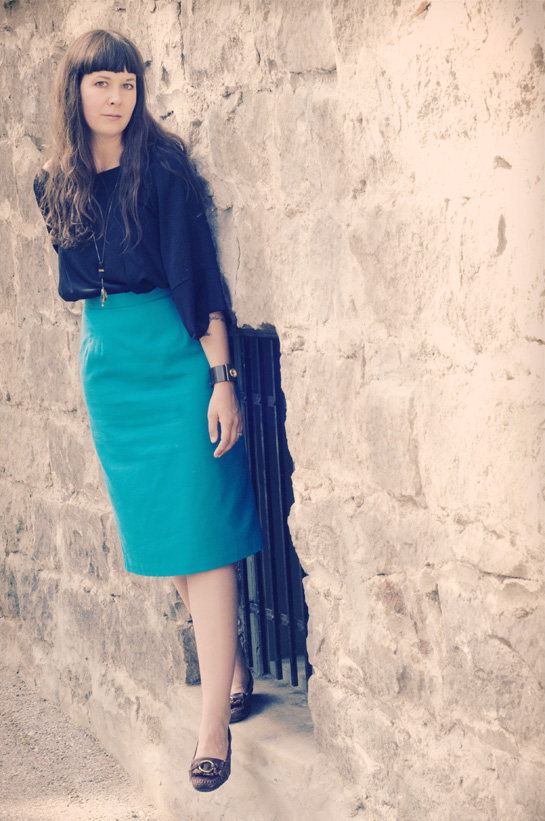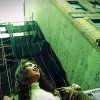“…I long- I pine, all my days- to travel home and see the dawn for my return. And if god will wreck me yet again on the wine-dark sea, I can bear that too, with a spirit tempered to endure…”
– Homer, The Odyssey
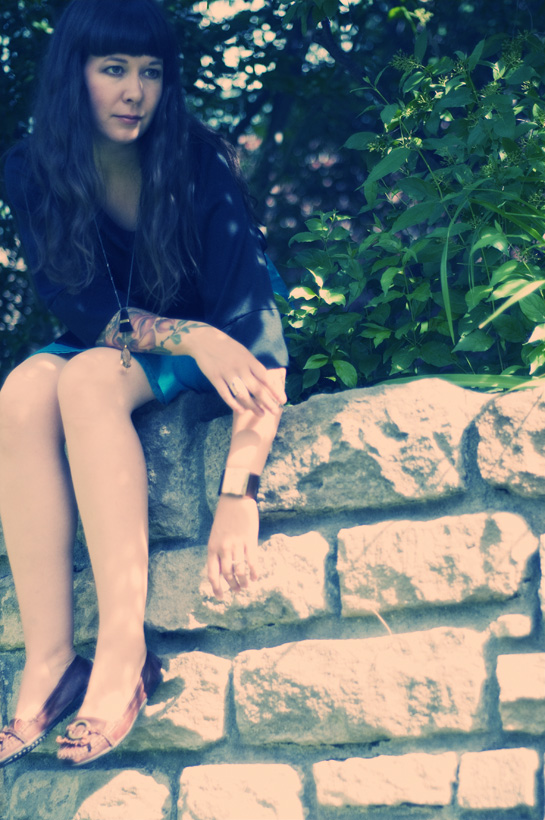 In a recent episode of Radiolab, the producers explored the world of color. One particular segment of the show really struck me. They interviewed linguist Guy Deutscher, who recounts the story of William Gladstone, a British Prime Minister from the 1800s. Gladstone, who happened to be a huge Homer fan, read and reread The Odyssey and eventually, he began to notice a pattern in Homer’s color descriptions….no blue.
In a recent episode of Radiolab, the producers explored the world of color. One particular segment of the show really struck me. They interviewed linguist Guy Deutscher, who recounts the story of William Gladstone, a British Prime Minister from the 1800s. Gladstone, who happened to be a huge Homer fan, read and reread The Odyssey and eventually, he began to notice a pattern in Homer’s color descriptions….no blue.
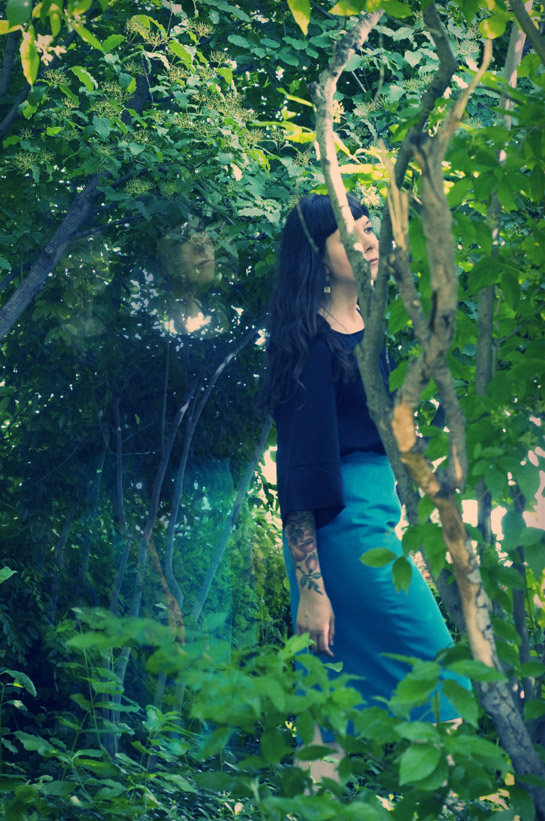 In Homer’s world, Hector’s hair is cyan, the sky is bronze, honey is green, and the sea is “wine dark.”
In Homer’s world, Hector’s hair is cyan, the sky is bronze, honey is green, and the sea is “wine dark.”
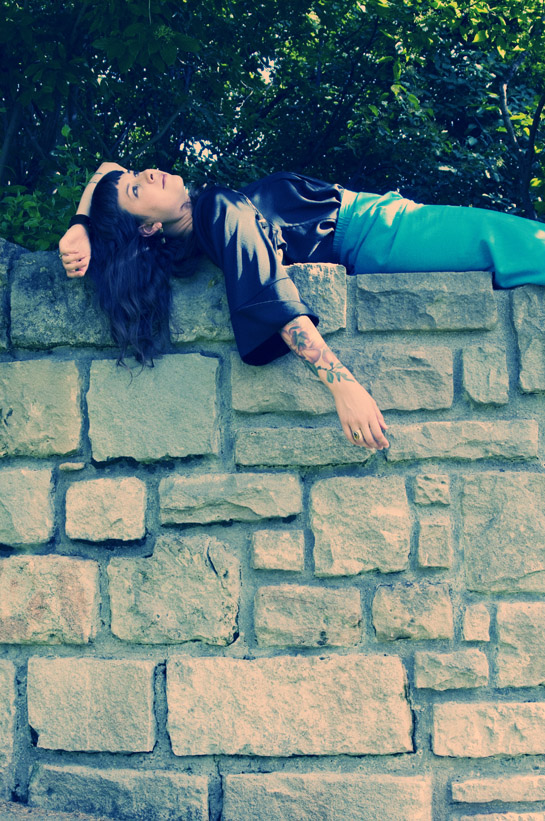 Gladstone finds this to be true in both The Odyssey and The Illiad and concludes that Homer was color blind. More than a century later, Duetscher expands on Gladstone’s research and discovers that blue isn’t just absent from Homer’s work, it’s absent from all early literature. Even the Bible.
Gladstone finds this to be true in both The Odyssey and The Illiad and concludes that Homer was color blind. More than a century later, Duetscher expands on Gladstone’s research and discovers that blue isn’t just absent from Homer’s work, it’s absent from all early literature. Even the Bible.
 The theory is that it has taken centuries for blue cone receptors to fully develop in the human eye. After generations of exposure to blue-violet light, our genetic makeup has actually evolved to allow us to absorb and interpret this light. To give it a name, and identify hues.
The theory is that it has taken centuries for blue cone receptors to fully develop in the human eye. After generations of exposure to blue-violet light, our genetic makeup has actually evolved to allow us to absorb and interpret this light. To give it a name, and identify hues.
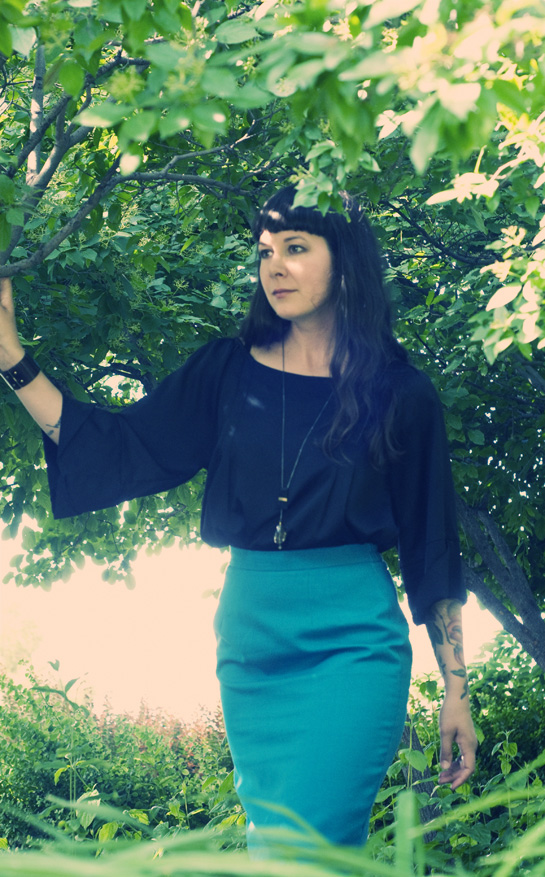 In 1993, researchers at Cambridge University discovered that a significant percentage of females are what they’ve termed tetrachromats – these women can actually perceive a broader color spectrum (the reason only female tetrachromats have been identified is because the genetic makeup for red and green receptors occurs specifically in the X chromosome, while the blue receptor is an asexual gene. This is also why color blindness primarily affects men)…….if it took humans centuries to develop a blue cone receptor, imagine the colors we may be able to realize centuries from now…..
In 1993, researchers at Cambridge University discovered that a significant percentage of females are what they’ve termed tetrachromats – these women can actually perceive a broader color spectrum (the reason only female tetrachromats have been identified is because the genetic makeup for red and green receptors occurs specifically in the X chromosome, while the blue receptor is an asexual gene. This is also why color blindness primarily affects men)…….if it took humans centuries to develop a blue cone receptor, imagine the colors we may be able to realize centuries from now…..
Blouse: Collective Clothing
Skirt: vintage Worthington, thrifted
Shoes: Frye
Necklace & Earrings: Hazel Cox
Dream watch: vintage Marcel Boucher, special gift from Jessica
Lovely tungsten-hued imagery by Bethany Walter.
Comments
